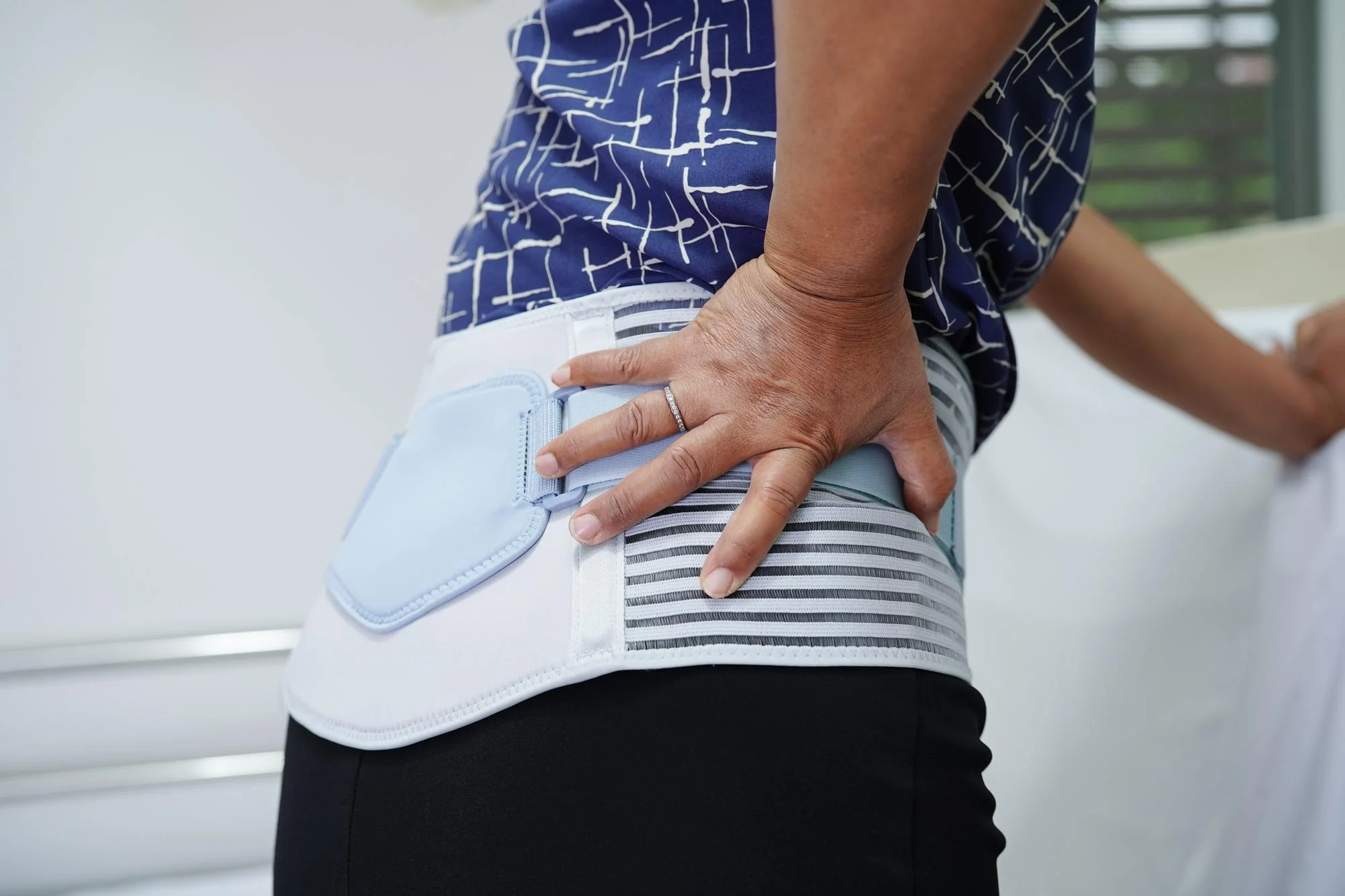Total hip arthroplasty (THA), commonly known as hip replacement surgery, is a technically complex procedure aimed at relieving pain and restoring function to patients suffering from hip joint damage. Traditionally, epidural analgesia (EA) has been utilized for pain control following this operation. However, a recent study published in the Journal of Clinical Orthopaedics and Trauma suggests a more effective alternative: periarticular injection of a cocktail of analgesic drugs (PIC).
DOI: 10.1016/j.jcot.2018.06.005
The study conducted by Srampickal George Mathew and his team at the Christian Medical College in Vellore, India, compared the efficacy of PIC against EA in providing postoperative pain relief and early functional improvement. A total of 50 patients undergoing unilateral THA were randomly assigned to receive either PIC or EA for postoperative pain control. An assessment was made using the visual analogue scale (VAS), taking into account the recovery of function and side effects related to each method.
The findings were significantly in favor of PIC, which resulted in markedly lower VAS scores in the first 24 hours after surgery and continuing onto the 10th postoperative day. Moreover, those in the PIC group exhibited a quicker functional recovery, being able to walk more extended distances and climb stairs more efficiently. Additionally, patients who received EA experienced side effects including nausea, vomiting, motor weakness, back pain, and urinary retention. The overall satisfaction rate was significantly higher in the PIC group as well.
The research paper by Mathew et al., which has profound implications for pain management post-THA, leads us to consider the tailored use of pain medication and the significance of this study for the field of orthopedics.
PIC and Patient Outcomes
Pain relief is not just about patient comfort; it is closely linked to important clinical outcomes. Ineffective pain management can impede postoperative recovery, delay mobilization, and may lead to chronic pain, as discussed by Nussenzveig and colleagues (AORN J. 1999). Filos and Lehmann also emphasize that postoperative pain management needs reevaluation and improvement (Eur Surg Res Eur Chir Forsch Rech Chir Eur. 1999). The study in question appears to be a step in that direction, demonstrating that PIC can provide significantly better pain control.
Functional recovery is equally pivotal. Williams et al. have firmly linked functional outcomes to morbidity and mortality rates post-THA (J Arthroplasty. 2002). Hence, the quicker ascent times and improved walking distances seen in the PIC group could translate to better overall prognoses for patients.
Minimizing Side Effects
The side effect profile associated with EA in the study was rather concerning. Past literature by Choi et al. corroborates that EA can, indeed, be accompanied by various undesirable outcomes (Cochrane Database Syst Rev. 2003). Therefore, the diminished occurrence of side effects seen with PIC is not only a relief for the patients themselves but also reduces the potential for secondary complications that can extend hospital stays and increase healthcare costs.
Patient Satisfaction
Patient satisfaction is a cornerstone for evaluating the quality of health care. Naturally, this extends to pain management methodologies post-surgery. With a high satisfaction score for PIC, this modality may be considered superior from a patient-centric viewpoint.
Implications for Orthopedic Surgery
The evidence from this study holds considerable weight for the orthopedic community. Existing research by Parvataneni et al. has already set the stage for using local periarticular injections to manage pain following joint arthroplasty (J Arthroplasty. 2007). The study by Mathew et al. further strengthens the case for local infiltration techniques at a time when there is an ongoing search for opioid-sparing pain management strategies.
Alternatives within Pain Management
Comparisons to other pain management protocols like PCA (patient-controlled analgesia) and strategies for multimodal pain relief are also pertinent. Skinner and Shintani, for instance, have discussed the results of a multimodal analgesic trial, presenting a broader spectrum of options for postoperative pain management (Am J Orthop. 2004).
The Road Ahead
The findings of this study indicate that periarticular drug infiltration should be preferred over epidural anesthesia for pain control following total hip arthroplasty. This could be a paradigm shift in the management of postoperative pain in orthopedic surgery, one that aligns with the principles of fast-track surgery cited by Kehlet and Wilmore (Ann Surg. 2008).
Keywords
1. Total Hip Arthroplasty Pain Management
2. Periarticular Injection vs. Epidural
3. Postoperative Pain Relief in THA
4. Early Functional Outcome THA
5. Effective Analgesic Techniques Hip Surgery
References
1. Srampickal George Mathew et al. (2019) How effective is periarticular drug infiltration in providing pain relief and early functional outcome following total hip arthroplasty? Journal of Clinical Orthopaedics and Trauma [DOI: 10.1016/j.jcot.2018.06.005]
2. Nussenzveig T.C., et al. (1999) Pain management after total joint replacement and its impact on patient outcomes. AORN Journal
3. Follin S.L., Charland S.L. (1997) Acute pain management: operative or medical procedures and trauma. Annals of Pharmacotherapy
4. Filos K.S., Lehmann K.A. (1999) Need for a change in postoperative pain management? European Surgical Research
5. Williams O., Fitzpatrick R., Hajat S. (2002) Mortality, morbidity, and 1-year outcomes of primary elective total hip arthroplasty. Journal of Arthroplasty
With the insights gleaned from this research, clinicians and patients alike can look forward to improved pain management practices, reduced side-effects, and enhanced satisfaction following total hip arthroplasty.
